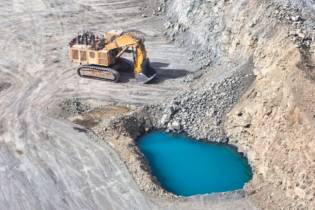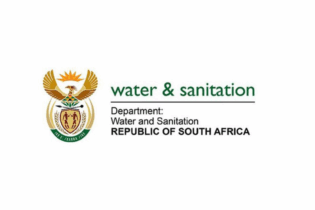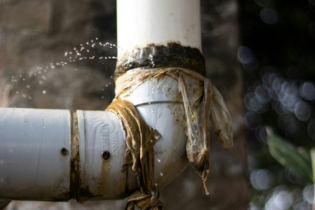Despite being a water-scarce country, South Africa faces extremely high levels of water wastage with confirmation of losses at municipalities estimated to be close to 50%.
The government now warns in a report that unless the country starts saving water, fresh surface water availability may not be able to support the growing economy and associated needs. According to the draft water resource strategy released a week ago, South Africans are wasting too much water and municipalities were some of the biggest culprits. The five-year strategy provides a framework for the protection, use, development, conservation, management and control of water resources. It found that in many irrigation and domestic schemes across the country, losses of up to 60% were recorded. This led to revenue loss of more than R11 billion a year in the municipal sector alone. Many municipalities, water user associations and farmers did not meter water use and were unable to assess their water losses, says the report. This was exacerbated by a lack of proper infrastructure management skills and poor maintenance. The result is that water requirements were exceeding supply in many areas. The catchments that supply water to the Durban/Pietermaritzburg region for example were already in deficit in terms of water provision. Officials say other large water supply systems will soon face a similar situation. Independent studies have revealed that South Africa would experience critical water shortages as early as 2020. But government is adamant that the plan – the New National Water Resource Strategy – will go a long way to address the needs of the economy and communities. “It is essential that water losses must be accounted for and curtailed, especially in terms of the need to provide for the growing water requirements of new socio-economic development,” reads the document.South Africa has for the past few years been forced to enter into water treaties with neighbouring Lesotho to supply water to Gauteng as part of supporting agriculture and mining activities taking place there. The two sectors consume more than 62% of the country’s water.
The draft strategy points to the fact that South Africa’s water security has mainly been reliant on surface water and its development. However, based on studies, it was clear that further surface water development potential only existed in a few areas while the majority of areas, particularly where people live and work, there was no water to develop. It says where additional water is still available, such as in the uThukela, Mzimvubu and Pongolo basins, it is located in relatively remote areas far from existing centres of demand. A recent study by the Water Department puts the capital requirement for the entire water sector over the next 10 years at R670 billion, a concerning fact considering that the funding gap was sitting at half that figure (R338 billion). Government says at present, there is a well-developed water infrastructure in South Africa with more than 4 395 registered dams in the country of which 2 528 supplied water. “However, in many parts of the country, we have either reached or are fast approaching the point at which all our financially viable fresh water resources are fully utilised. Despite the good infrastructure, the occurrence of floods and droughts are part of the normal water cycle and water restrictions and flood management are a critical part of the water business,” says the document. Source: sanews.gov.za






